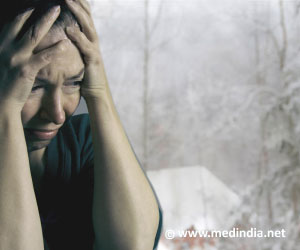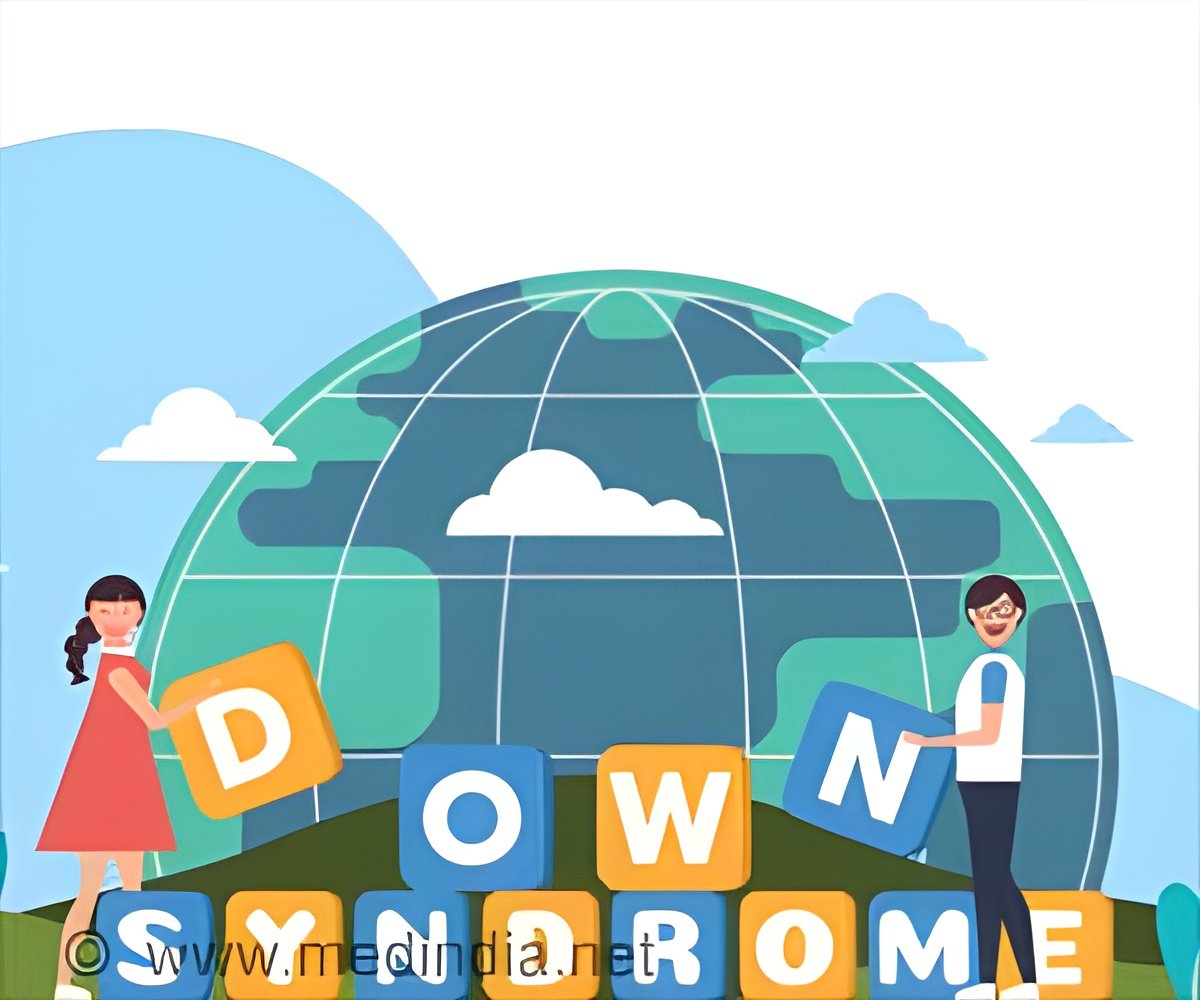You are not at fault if you are experiencing mood swings right now. Doctors attribute this to seasonal affective disorder (SAD), which is linked with winter. This type of disease, sometimes known as the winter blues or winter depression, affects a vast number of people worldwide (1).
Decreased Exposure to Sunlight Disrupts Circadian Rhythm
“During winter or gloomy days, decreased exposure to sunlight can disrupt the body’s circadian rhythm and affect neurotransmitters, particularly serotonin and melatonin (2),” said Dr. Rahul Rai Kakkar, a consultant psychiatrist at Narayana Hospital. These interruptions, he adds, are major factors in the development of depression symptoms.
What is Depression?
Depression is defined as a consistently subdued mood or a loss of interest in activities, which causes severe impairment in everyday life (3). “Seasonal changes can significantly impact mental health, and as a psychiatrist, we often encounter individuals grappling with seasonal depression, commonly known as SAD,” the doctor stated.
How is Seasonal Affective Disorder Diagnosed?
SAD is diagnosed by “a thorough evaluation of a patient’s mental health history, seasonal pattern over at least two consecutive years, and the impact of these symptoms on their daily life,” according to Dr. Shambhavi Jaiman, a consultant psychiatrist at Fortis Memorial Research Institute in Gurgaon. It could also rule out other possible reasons for the symptoms.
Questionnaire to Assess the Severity of Seasonal Affective Disorder
In addition, questionnaires or rating scales are occasionally employed to assess the intensity of symptoms and their seasonal pattern.” “In young adulthood, SAD is more common in females.” Those with a familial history are at a higher risk. Those who live far from the equator and have low vitamin D levels. “Low serotonin and disturbed melatonin play an underlying role in the brain,” said Dr. Sameer Malhotra, director and head of the Department of mental health and behavioral sciences at Max Super Speciality Hospital in Saket. “Environmental factors can trigger chemical changes in the brain and play a role in the development of SAD,” said Pallavi Joshi, a consultant psychologist at Sri Balaji Action Medical Institute.
Significance of Assessing the Intensity of Seasonal Affective Disorder
The intensity of symptoms is assessed to identify the best course of action, which may include psychotherapy, light therapy, medicine, or a combination of techniques.”
Gender Disparity in Seasonal Affective Disorder
She went on to say that studies show that women are more likely than males to suffer from SAD and that the causes for this gender disparity are a combination of biological, psychological, and socio-cultural variables (4). Hormonal differences between men and women could play a role, as estrogen levels can alter mood control. SAD, on the other hand, can affect people of any gender.
Symptoms of Seasonal Affective Disorder
According to Dr. Arti Anand, a senior consultant in the Department of Clinical Psychology at Sir Ganga Ram Hospital, patients may experience fatigue, lethargy, and a melancholy, irritated mood. They may be unable to function or concentrate on their employment or domestic responsibilities. “Many patients are also unable to get out of bed.” “However, these symptoms often resolve during the spring and summer months,” she noted, adding that persons who are already depressed or bipolar are at risk.
According to Dr. Sneha Sharma, a consultant psychiatrist at Aakash Healthcare, “incidence of depressive episodes increases during the winter months.” She went on to say that the general public should be aware of the signs of SAD and pay attention to their mental health during the winter.
Advertisement
References:
- Seasonal Affective Disorder: An Overview of Assessment and Treatment Approaches
Melrose S. Seasonal Affective Disorder: An Overview of Assessment and Treatment Approaches. Depress Res Treat. 2015;2015:178564. doi: 10.1155/2015/178564. Epub 2015 Nov 25. PMID: 26688752; PMCID: PMC4673349. - Seasonal Depressive Disorder
https:www.ncbi.nlm.nih.gov/books/NBK568745/#:~:text=SAD%20occurs%20only%20during%20the,regulate%20the%20body’s%20circadian%20rhythm. - Depression
Chand SP, Arif H. Depression. 2023 Jul 17. In: StatPearls [Internet]. Treasure Island (FL): StatPearls Publishing; 2023 Jan-. PMID: 28613597. - An epidemiological study on gender differences in self-reported seasonal changes in mood and behaviour in a general population of northern Sweden
Chotai J, Smedh K, Johansson C, Nilsson LG, Adolfsson R. An epidemiological study on gender differences in self-reported seasonal changes in mood and behaviour in a general population of northern Sweden. Nord J Psychiatry. 2004;58(6):429-37. doi: 10.1080/08039480410006052. PMID: 16195086.
Source: Medindia



